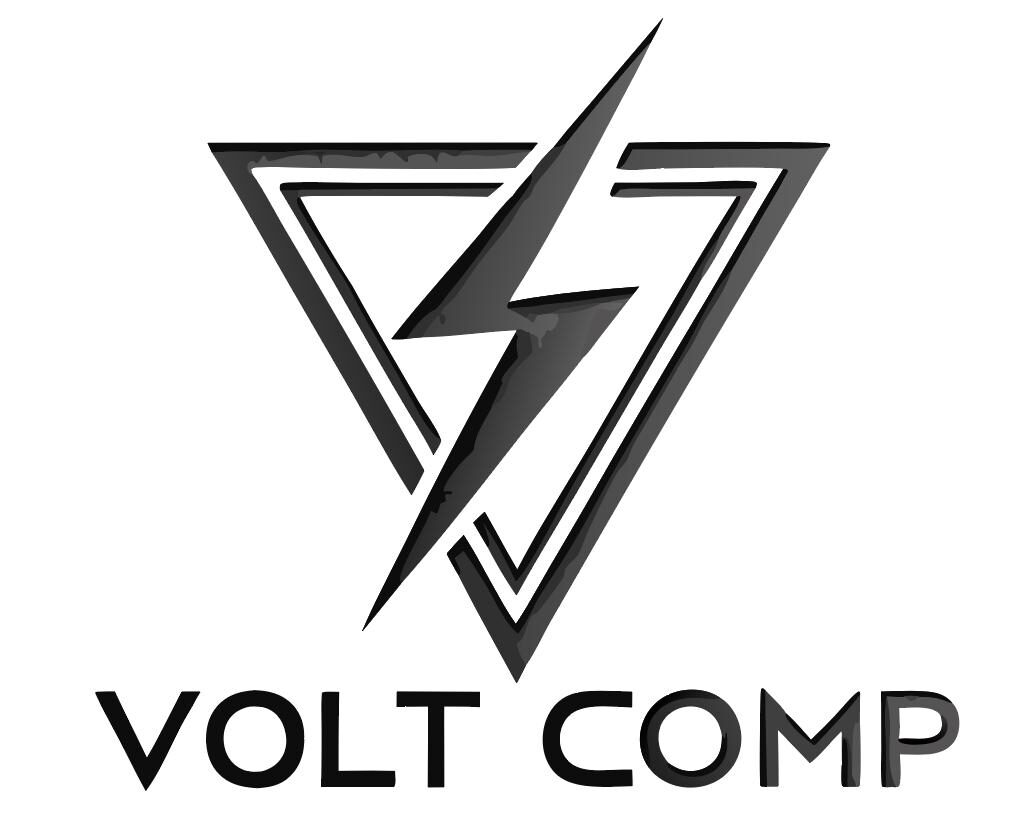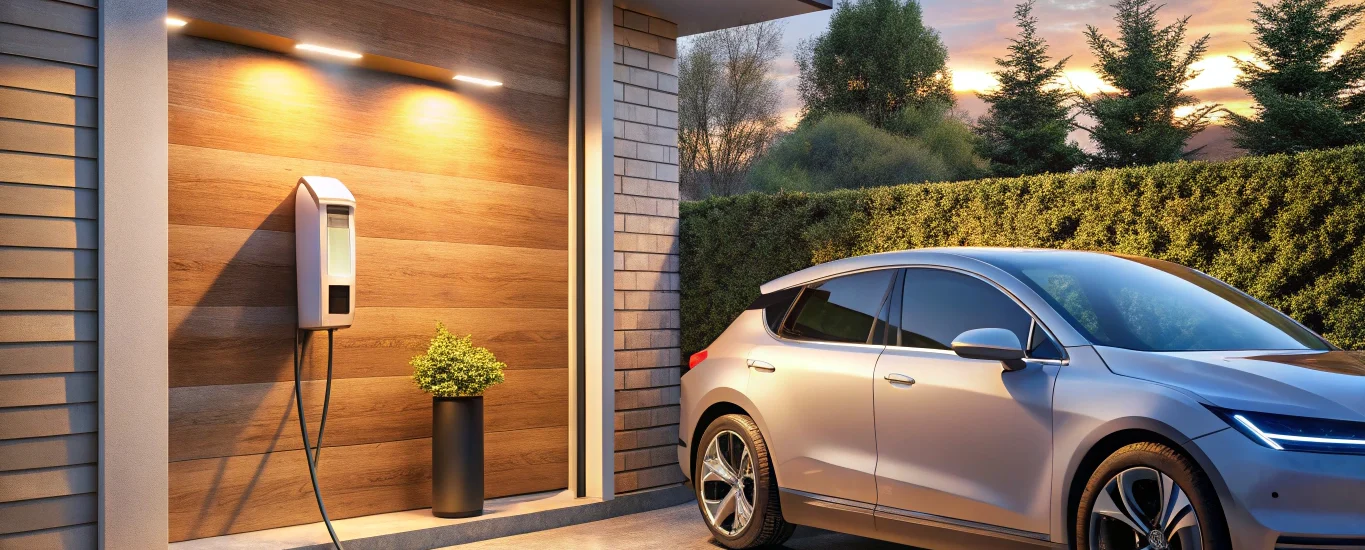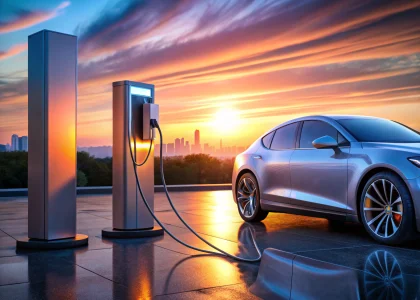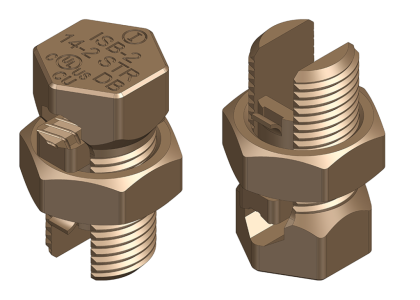Picture this: you pull into your driveway, plug in your electric vehicle, and relax, knowing you’ve made a smart investment in both convenience and savings. As electric vehicles (EVs) continue to gain popularity, understanding the costs of installing a home EV charging station becomes essential. This guide will illuminate the path to affordable EV charger installation, covering everything from equipment and labor to permits and incentives, ensuring you can budget effectively and uncover cost-saving opportunities.
The Essentials of EV Charger Installation
Why Install a Home EV Charger?
Imagine the luxury of charging your vehicle overnight, taking advantage of lower electricity rates, and saying goodbye to frequent trips to public charging stations. A home EV charger offers not just convenience but also significant cost savings over time.
What Does EV Charger Installation Involve?
Setting up a charging station at home involves selecting the right equipment, ensuring proper electrical connections, and adhering to safety standards. It’s about creating a seamless experience that fits your lifestyle and vehicle needs.
Gathering Your Tools and Materials
Before diving into the installation, arm yourself with the right tools and materials:
- Clamp Back: Keeps conduit spacing secure.
- Crimping Type Copper Tubular Cable Terminal Ends: Ensures reliable terminations.
- Copper Solar Lay-in Lug: Essential for grounding.
- Earthing & Lightning Protection Systems: Provides surge protection.
- LAT-TYPE Arrester Terminal: For lightning arrestor terminations.
Navigating the Costs: A Step-by-Step Guide
-
Assess Your Needs
Start by determining the type of charger that best suits your vehicle and lifestyle. Consider factors like charging speed and frequency. *(Insert decision flowchart here.)* -
Calculate Equipment and Installation Costs
Here’s a quick cost breakdown table to guide your budgeting. *(Insert Cost Breakdown Table Placeholder)* -
Explore Incentives and Rebates
Maximize your savings by tapping into federal tax credits and utility rebates. For instance, the federal tax credit covers 30% of equipment and installation costs, up to $1,000 per port—learn more on the IRS site. Check out local programs like Oregon’s $500 rebate via Pacific Power or Los Angeles’ $1,000 plus $250 bonus rebate through LADWP. *(Insert Utility Rebates Table Placeholder)* -
Implement Cost-Saving Strategies
- Optimize Wiring: Position your charger near your main electrical panel to shorten wiring runs.
- Bundle Electrical Work: Combine charger installation with other electrical projects to save on labor costs.
- Plan Ahead: Verify your panel’s capacity early to avoid costly last-minute upgrades.
- Choose Wisely: Opt for plug-in charger models if you anticipate moving; they often require simpler installations.
- Apply Early: Secure federal and local rebates before purchasing to maximize savings.
- Shop Around: Get multiple quotes from licensed electricians to compare rates and services.
- Budget for Permits: Include permit and inspection fees in your budget to avoid surprises.
- Check Connectivity: Ensure your home Wi-Fi can support smart charger features to avoid additional setup costs.
Troubleshooting and Solutions
Common Hiccups and How to Fix Them
- Charger Won’t Start: Double-check that the circuit breaker is on and all connections are secure.
- Slow Charging: Ensure you’re using a Level 2 charger compatible with your EV’s maximum charging capacity.
FAQs
How long does installation take?
Typically, installations are completed within 4–8 hours, depending on complexity.
Is a permit necessary for EV charger installation?
Yes, permits ensure compliance with local electrical codes and safety standards.
Wrapping Up Your EV Charger Journey
Installing a home EV charger doesn’t have to be a financial burden. By understanding the true costs of an EV charger installation and leveraging available rebates and smart planning, you can enjoy the convenience of a home EV charger without overspending. Ready to embark on this journey? Budget wisely and take advantage of incentives to make your home charging station a reality.
Dive Deeper with These Resources
- U.S. DOE AFDC – Electric Vehicle Charging Infrastructure Development & Incentives
- HomeAdvisor – Cost to Install an Electric Vehicle Charging Station
- MR Electric – How Much Does It Cost to Install an EV Charger?
- Qmerit – Understanding Your EV Home Charging Station Costs for Installation
- FLO – The Real Cost of Installing a Home EV Charger
- Prairielectric – Electric Car Charger Installation Cost (House)
- Kiplinger – The Federal EV Charger Tax Credit: What to Know for 2025





